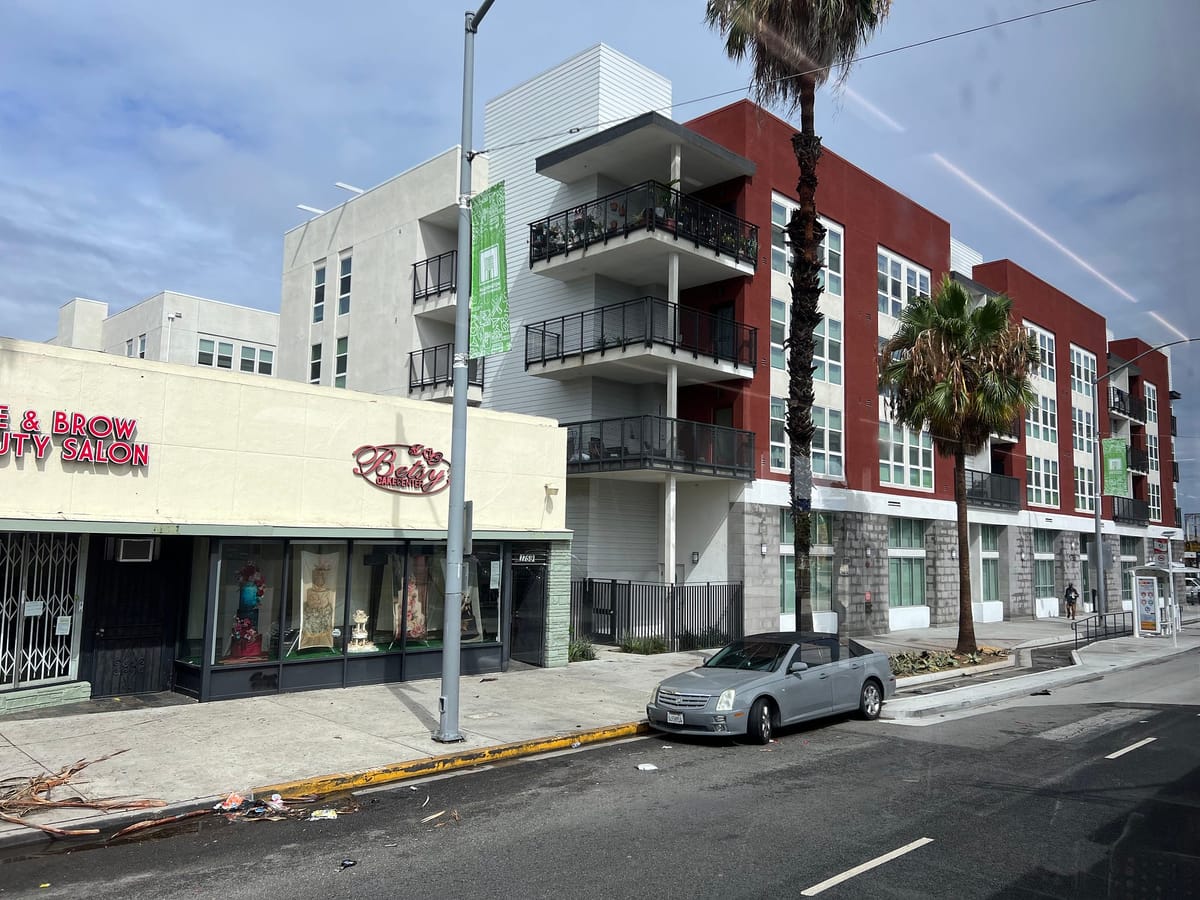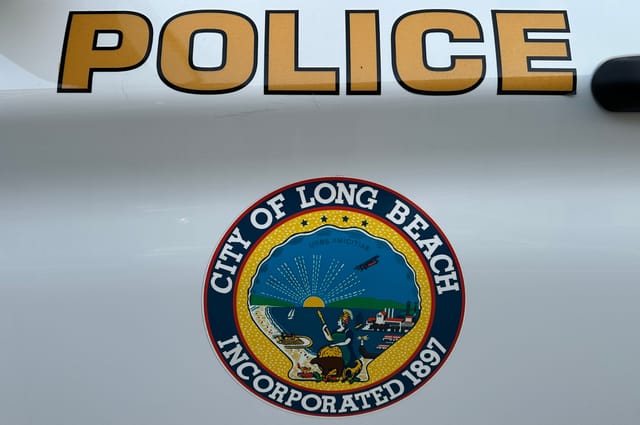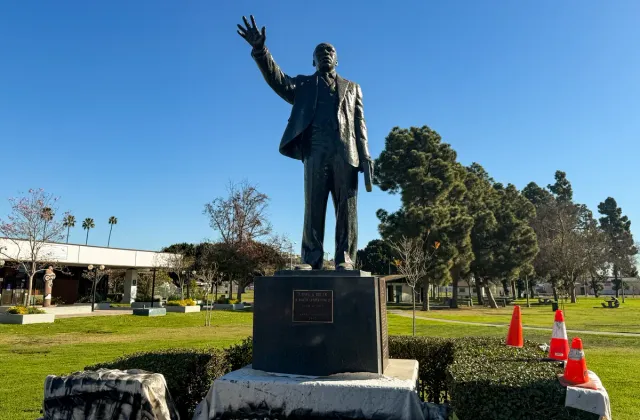Column: Long Beach is making room for apartments, but only on busy streets. That’s not fair
The city's proposed zoning changes follow a unique (but familiar) pattern that puts new and affordable homes on dangerous and dirty arterial roads.

The city recently released newly drafted maps of the zoning changes planned for the “City Core,” a large swath of central Long Beach running from roughly Daisy Ave. in the West to the Traffic Circle and PCH in the east.
The map shows significant upzoning (increases to the permitted density of homes) in the area but primarily along main roads like Anaheim Street, PCH, or Atlantic, Cherry, and Redondo Avenues. The blocks in between, which are mostly populated by single-family homes, are left almost entirely untouched.
The Zone-In process in Central Long Beach is meant to align new density limits approved by the City Council in 2018 through the city’s Land Use Element, the first major update to city zoning in decades.
While the Community Development Department website for the plan touts the anticipated facilitation of “more than 3,000 market-rate and affordable housing units in the area,” almost all of these new homes would end up on a busy main thoroughfare rather than a quiet residential street.

That’s not right. Putting all the new homes on busy streets means lower-income residents who can afford them will be the ones dealing with the noise, pollution, and danger of living next to a bustling road that’s frequently filled with cars traveling at potentially dangerous speeds. Remember, Pacific Coast Highway is one of the deadliest roads in Long Beach.
Meanwhile, the single-family homeowners in the adjacent low-density blocks get an extra buffer from all of that, keeping their streets clean and free of lower-income neighbors.
I’m not opposed to mixed-use construction along our main roads; letting people live over shops on commercial corridors is definitely a good thing. But limiting construction to those places means limiting opportunities for growth to the least pleasant avenues.
Limiting where new construction is allowed also limits how much is allowed, making it more difficult to provide affordability citywide. Long Beach has a mandate to plan for more than 26,500 new homes by 2029; to get there, we’ll need changes to more than just a few roads.
Support journalists who know Long Beach. Become a Watchdog today.
I actually live in an apartment complex on a relatively quiet residential street. I can walk, skate, or ride a bike to most places I need to go and take transit almost everywhere else, from bus stops on the main roads a block or two away. I don’t have to deal with too much car traffic or the noise and pollution that comes with it and so I’m rarely worried about getting hit while walking down my street.
However, these types of apartment complexes are no longer permitted on most residential blocks like mine. If a landowner wanted to provide the same opportunity today, they’d need to go through a long, costly and arduous process to get a zoning exception from the city — or just find an arterial road where it's legal.
Fortunately, the zoning effort is still in progress, and you can learn more about this and other rezoning efforts around Long Beach here.
These plans are based on the 2018 Land Use Element, so a lot of the changes are limited by decisions made several years ago. Back then, the City Council caved to the demands of homeowners who showed up to the public meetings to oppose any new development on their block.
But all residents, including those who live in apartments, deserve to live on safe, quiet streets.
Draft of 'City Core' Central Long Beach rezoning plan to be discussed at community meeting Thursday
Jason Ruiz • Apr 9, 2024

The city has released draft maps of what zoning along multiple Central Long Beach corridors could look like in the future with increased opportunities for housing and commercial space and new bans on undesirable business types. Long Beach launched its “Zone-in City Core…
Read full story →
We need your support.
Subcribe to the Watchdog today.
The Long Beach Watchdog is owned by journalists, and paid for by readers like you. If independent, local reporting like the story you just read is important to you, support our work by becoming a subscriber.





